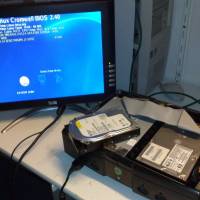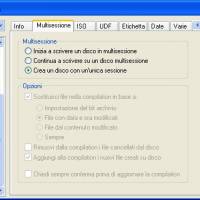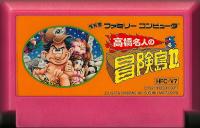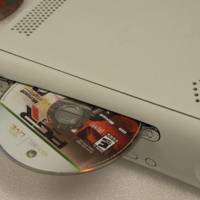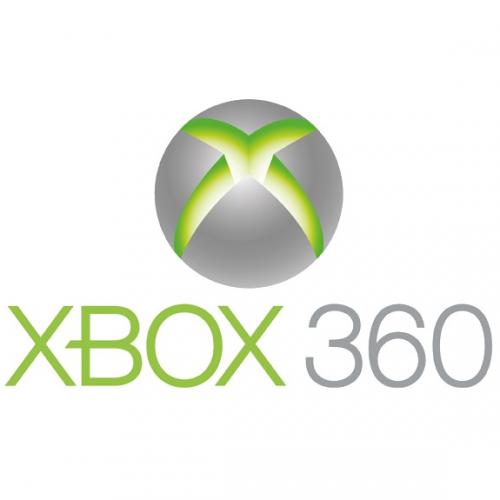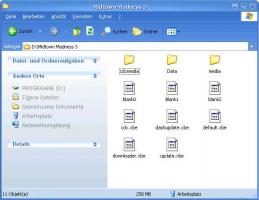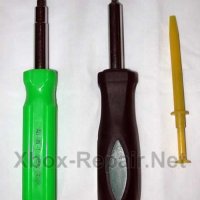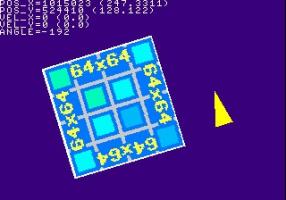Connecting a PC-DVD to the Xbox
written by anonymous, 3 July 2002
Introduction
The Xbox is connected to a DVD drive with a 12 pin 50-mil signal and power connector from the motherboard, in addition to the standard IDE connector. The signal and power connector is not a standard on PCs, so many of the signals the Xbox requires must be accessed from the internal PCB of the PC-DVD. Most PC-DVDs will require external logic to provide the required signals.
In addition, the Xbox is not compatible with all DVD players, even with the electronic interfaces described here. The information right now is that the Xbox expects the DVD to always be spinning, and never spin down. Data errors occur if the drive goes into a spin down mode.
The drive that is supplied with the Xbox is made by either Philips or Thompson and has special firmware to recognize the special format of the Xbox game DVD. If a PC-DVD drive is connected to the Xbox, then only experimental programs can be loaded, in addition to DVD movies and audio disks. Commercially distributed Xbox games will not load due to the absence of the special firmware present in the Xbox DVD drive. Also, the DVD drive distributed with the Xbox appears to have been adjusted to make it difficult to use CDs and DVDs that were not commercially recorded. Some CDs and DVDs recorded on a PC work, some don't. It depends on the recording drive and varies from Xbox to Xbox, even within the same manufacturer. So adding a PC-DVD can make it easier to use CDs and DVDs that were recorded on a PC, for developing experimental, interoperable programs.
Connector Signals
The following signals are present on the DVD connector (signal direction is with respect to Xbox motherboard):
| pin | signal | Direction | description | PIC Pin # |
| 1 | +12V | output | 12 Volt DC supply. | |
| 2 | +5V | output | 5 Volt DC supply. | |
| 3 | GND | output | Ground. | |
| 4 | NEJECT | output (wired OR) | Normally high (+5V), active low ejects the tray. | 7 |
| 5 | TRAY_OUT | input | High when the tray is out, low otherwise. | 25 |
| 6 | CD_READY | input | High a CD is in the drive and data is ready; low otherwise. | 26 |
| 7 | TRAY_IN | input | High when the tray is in; low otherwise. | 27 |
| 8 | SER_DATA | input | Some kind of serial data stream; apparently not used by the Xbox. | 28 |
| 9 | +12V | output | 12 Volt DC supply. | |
| 10 | +5V | output | 5 Volt DC supply. | |
| 11 | GND | output | Ground. | |
| 12 | GND | output | Ground. |
Configuration
The PC-DVD is configured to SLAVE mode.
Interfacing
In order to interface a PC-DVD, the cover of the DVD drive must be removed and appropriate signals located. Usually, signals such as OPEN, CLOSE, and EJECT can be found. This are normally low true signals, in spite of the names, so they likely correspond with TRAY_IN, TRAY_OUT, and NEJECT, respectively. The CD_READY signal is the most difficult to locate. On one drive, a signal called DMUTE was located that worked as needed. This was the DVS DSR-1600H, however, this drive is not compatible due to spin down. The Toshiba SD-M1302 is a compatible drive, but requires some logic to delay a signal so that the CD_READY signal is not active until the drive is really ready to provide data.In addition, if it is desired to have the eject button on the PC-DVD inform the Xbox that the CD has been ejected, then a connection must be made from the NEJECT wire to the back of the Eject button on the front panel. The correct trace is the top one through an opening in the metal shielding. From the back, you can see four PCB pads, and the top two are connected together with a PCB trace. This is the location to connect the NEJECT signal, through a 3.3K resistor for a wired OR connection.
A schematic of the connector pinout and a sample interface circuit for the SD-M1302 is shown in the next Diagram.
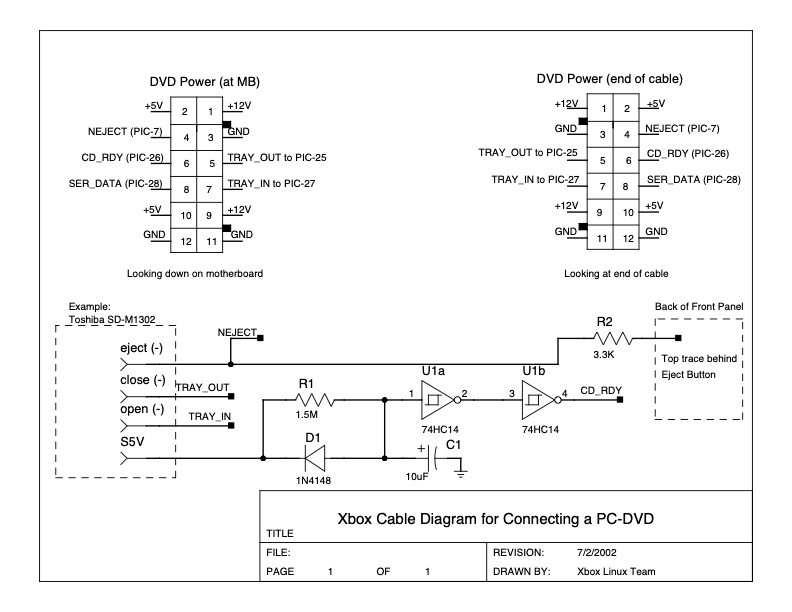
Compatible DVD Drives
- Toshiba SD-M1302
Non-compatible Drives
- DVS Korea DSR-1600M (Sold as CenDyne)
- Toshiba SD-R1002 (CD/R)
Conclusion
To interface a PC-DVD to the Xbox is not an easy task. It requires an oscilloscope and a DVM, some basic engineering knowledge, and a little luck and patience in locating the right signals. But with skills and perseverance, it can be done.










